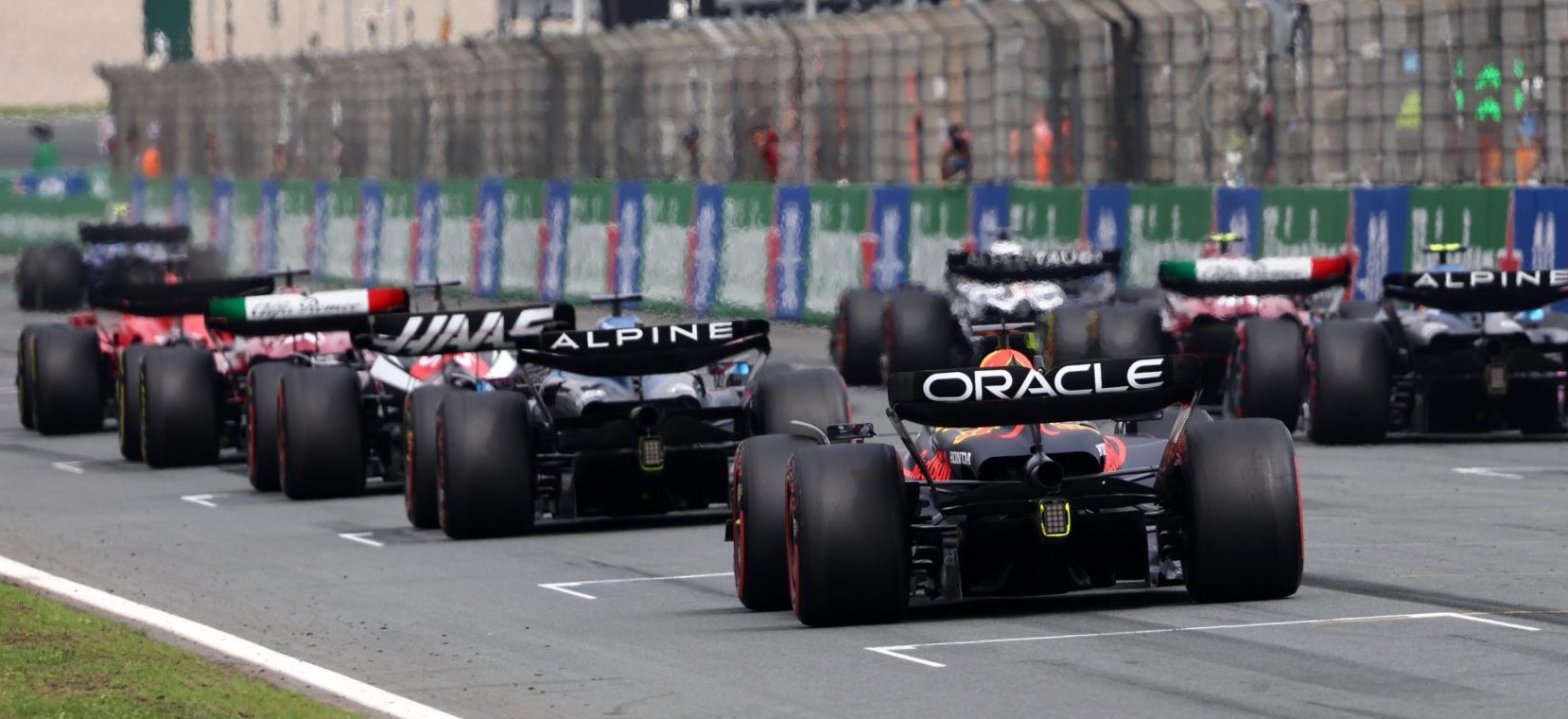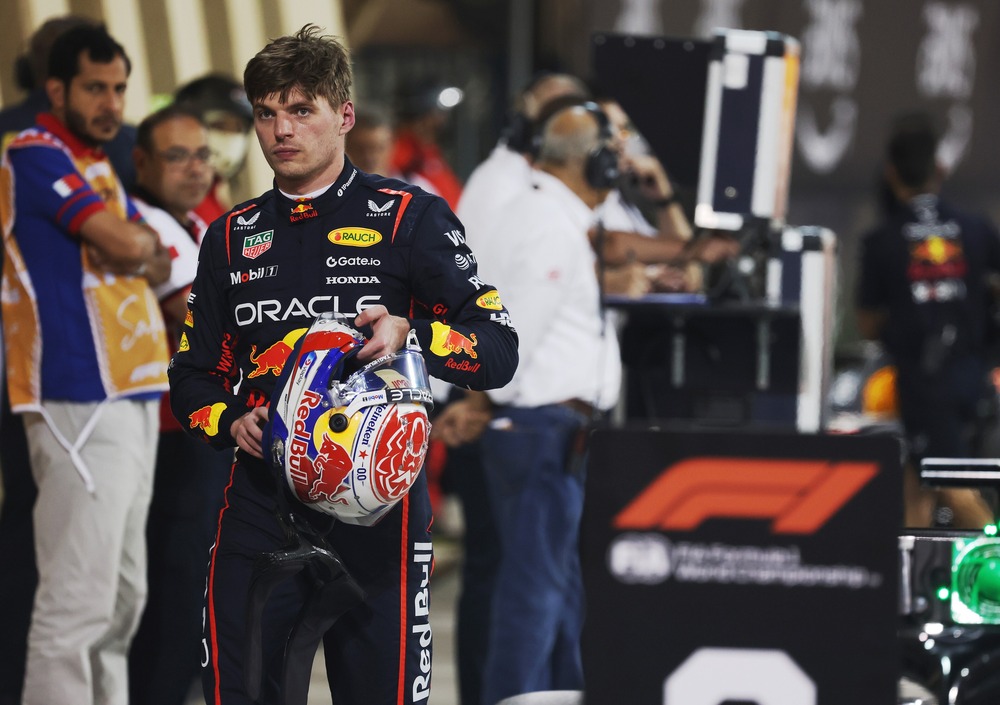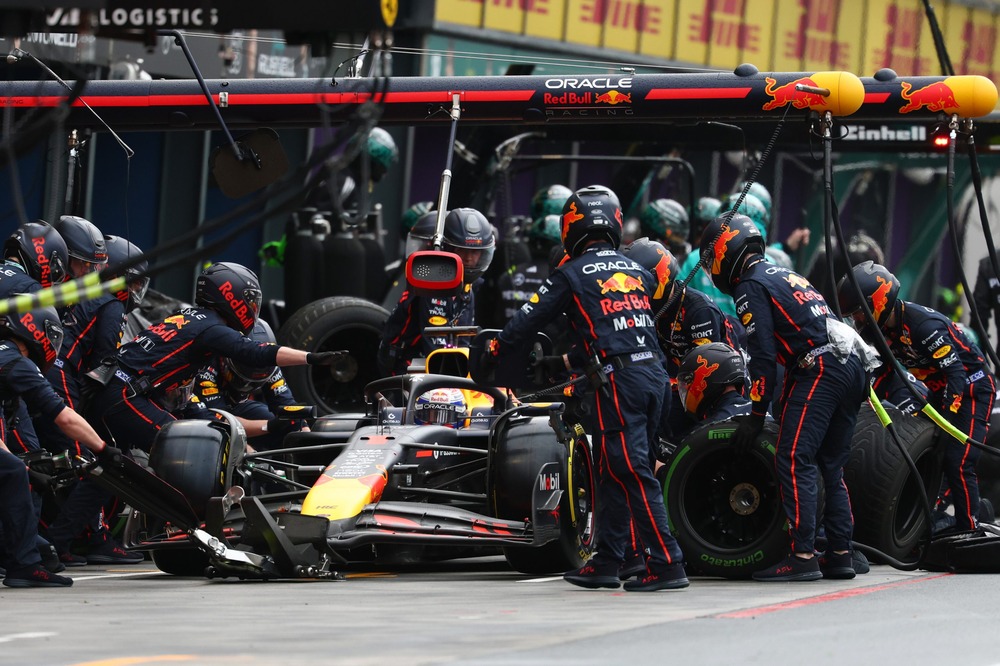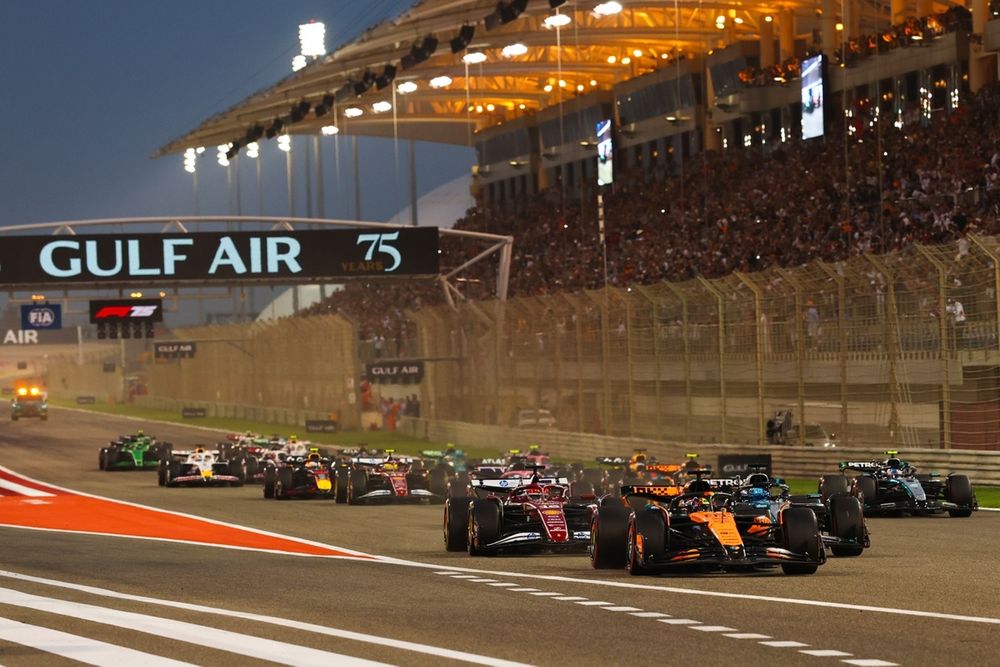Formula 1’s governing body, the FIA, has released a draft proposal for a new technical directive to all teams in an effort to further tighten regulations on how flexible wings are used in the sport going forward.
Following observations across several Formula 1 cars, the FIA has delivered a draft proposal to all Formula 1 teams for a new technical rule designed to tighten the policing of the flexibility of wings on F1 cars.
The FIA stresses that the new recommendations are not intended to favor one team on the grid over another but rather their goal is to ensure that cars follow the principles of the current regulations.
Rumors circulated that Aston Martin’s early-season success was due to a smart maneuver to get over the regulations governing flexible wings, which can help maintain downforce without increasing drag or limiting straight-line speed.
The FIA, which argues that the most recent proposals are about enhancing policing of current rules and not about bringing anyone into line, maintained that Aston Martin had not been asked to adjust the specification of its front wing at the end of April.
“We are continually monitoring the deflection characteristics of aerodynamic assemblies to ensure cars adhere to the requirements of Technical Regulations Article 3.2.2,” an FIA statement issued to Racetrackmasters read.
“This is partly through the deflection tests that are specified in Article 3.15, but also through ad hoc tests and inspections that can be beyond what teams might usually expect.
“These additional observations can lead to a need to clarify how we believe the regulations should be interpreted.
“There has been a draft TD on the subject of bodywork flexibility issued in response to observations across several cars, and ensures that the FIA and teams all have a common understanding of the way we should interpret the regulations.”
Technical regulations article 3.2.2 concerns aerodynamic influence.
“All aerodynamic components or bodywork influencing the car’s aerodynamic performance must be rigidly secured and immobile with respect to their frame of reference,” it reads.
“Furthermore, these components must produce a uniform, solid, hard, continuous, impervious surface under all circumstances.
“Any device or construction that is designed to bridge the gap between the sprung part of the car and the ground is prohibited under all circumstances.”
Wings have long been a focus of research by teams looking for the best way to edge over their rivals because they can never be completely rigid under the strains and forces of high speed.
There are significant benefits that can be achieved by minimizing drag at speed while maintaining downforce when required, as well as from directing wing outwash into the areas with the greatest potential for maximizing aerodynamic efficiency.
The FIA is particularly keen to maintain control over this element because the regulations put in place in 2022 were primarily designed to ensure that the wake of the cars reasonably clean.
Outwashing the airflows increase the turbulence of the wake, which makes conditions more challenging for the car behind it. The wing mounting techniques have been closely examined, but the FIA is now becoming more and more interested in the inner wings components.
The FIA claimed in TD018 that teams are using relative motion between neighboring components and areas of confined compliance that have been deliberately placed to increase aerodynamic performance.
FIA worries that when the car is stationary, teams might be using complex design features and systems to rotate and flex the front and rear wing elements in ways that are invisible to the current load tests.
To help the FIA better understand how wing components are used, teams have been instructed to provide assembly drawings and cross sections demonstrating how front wing elements are fastened to the nose and rear wing elements to endplates, rear impact structure, and pylons.
According to Motorsport.com, teams have until September 8 to submit the required drawings and paperwork.
The FIA deferred any additional regulations until next month’s Singapore Grand Prix to give teams enough time to make developments, and the announcement of the latest draft plan suggests that the governing body could release an official technical directive on the topic in the coming weeks.






